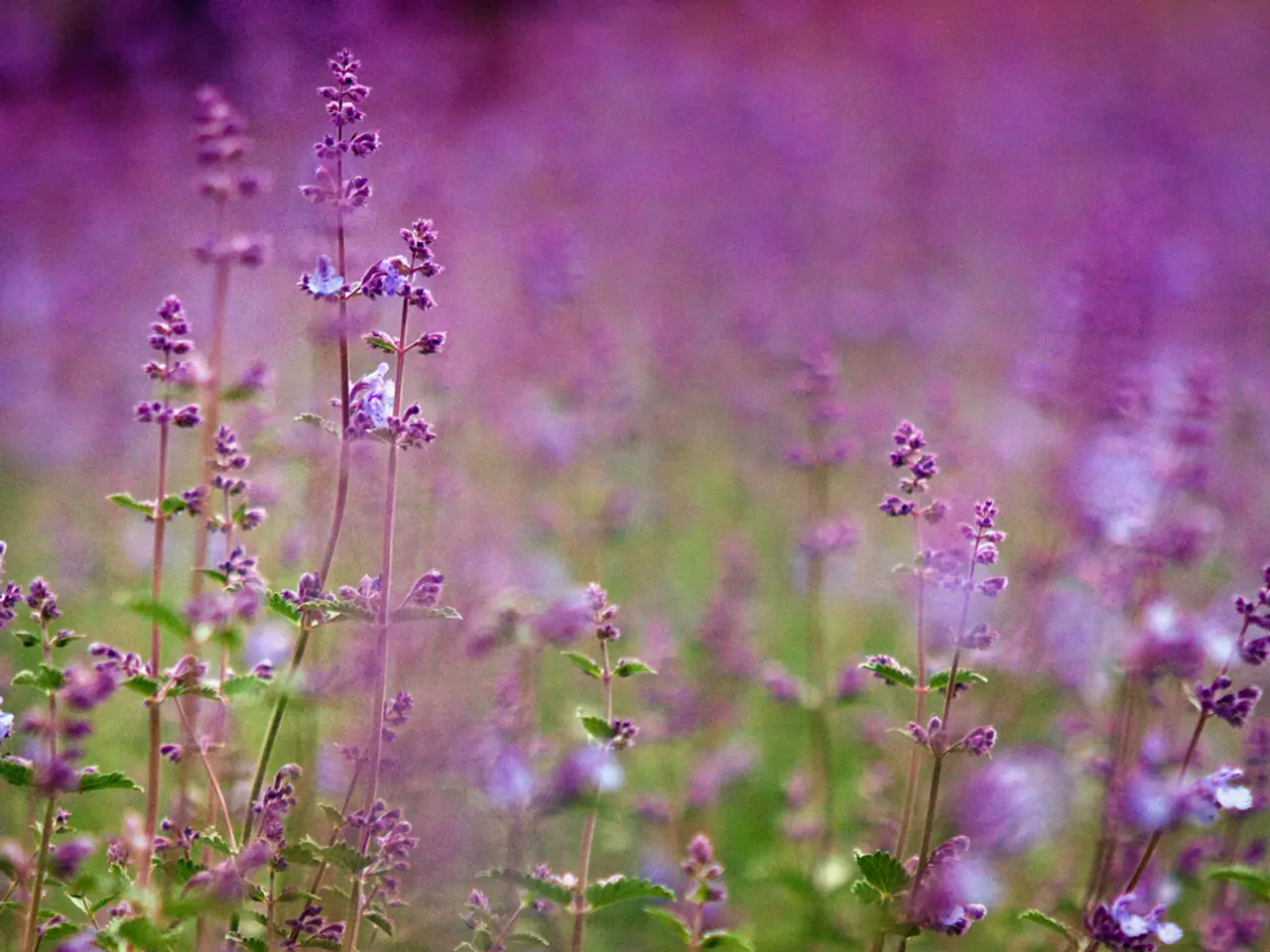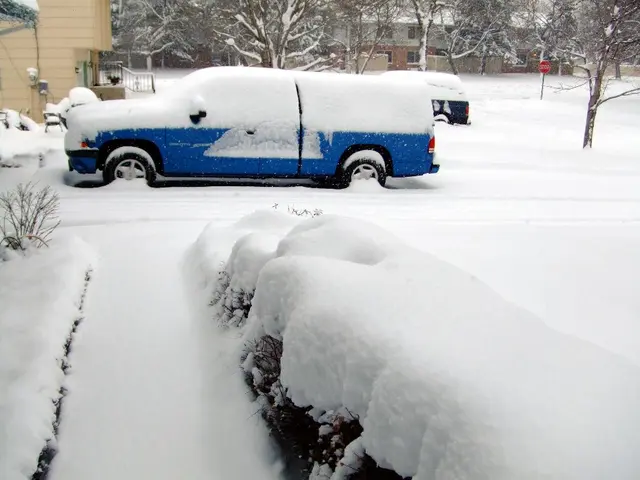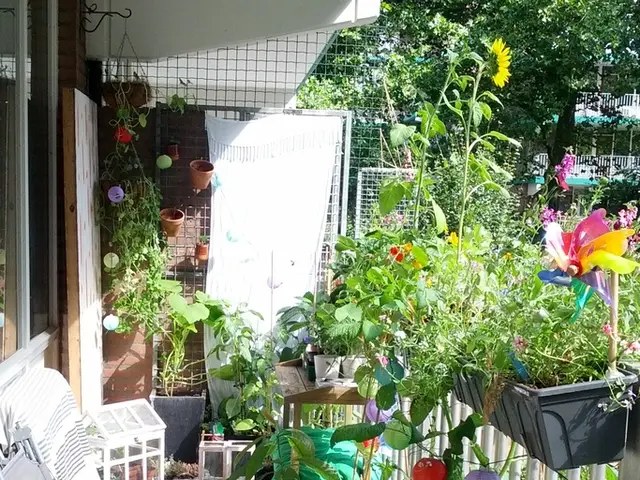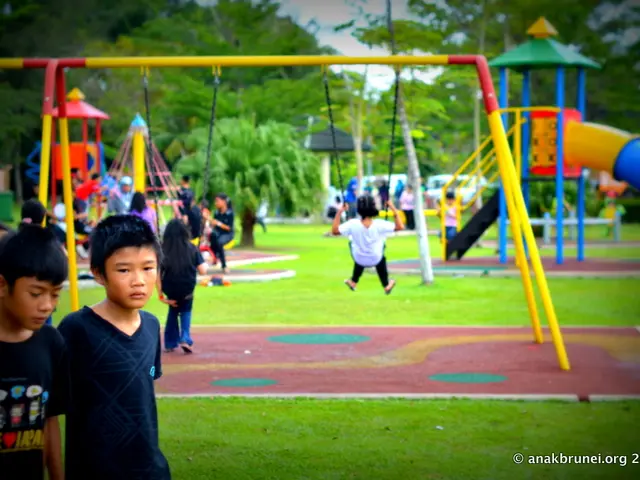Cultivating Lavender from Seeds: A Step-by-Step Guide
Growing Lavender from Seed: Unleashing Your Backyard's Scentsational Potential
Lavender, a herb adored for its breathtaking beauty, multi-purpose applications, and heavenly aroma, is a comparative joy to cultivate from seed. Despite the long wait, growing lavender from seed opens the door to exploring a variety of cultivars you might not find at your local nursery.
Much like the revitalization of lavender in spring following a winter hibernation, lavender seeds take time to germinate. Patience is key, as the plant may not flower in its initial year, especially if sown in fall. However, the reward is worth the wait, as this process sets the stage for a unique selection of lavenders in your garden.
When's the Best Time to Sow Lavender Seeds?
Lavender seeds can be sown at any convenient time when the soil is workable, considering your zone and objectives. For indoor cultivation, aim for sowing between early February and late August.
To prepare for transplanting outdoors, you'll need approximately 10-12 weeks of growth. If you're planting in the spring, simply count back 10 weeks from your estimated last frost date to determine the optimal seed-starting window.
On the other hand, if you intend to grow lavender in the fall, consider counting back 10 weeks before your projected first frost date to determine the latest you can sow your seeds.
Germinating Lavender Seeds
Lavender seeds require cold stratification to ensure optimal germination rates. Although commercially available moist environments for cold stratification are available, a simple refrigerator storage method often yields satisfactory results.
Simply pop a packet of seeds into the refrigerator for a period of cold treatment. Once they've been chilled, you're ready to plant them. Keep in mind that lavender seeds require light to germinate, so avoidburying them too deeply.
Starting Lavender Seeds Indoors
While lavender seeds will generally germinate more swiftly in controlled environments, they can also be planted directly in the garden. However, for the most success, it's recommended to start the seeds indoors.
Sprinkle the seeds on top of your soil block or seed-starting mix, and lightly cover them with a dusting of vermiculite or finely sifted compost. This way, they can bask in the sunlight essential for sprouting.
Lavender, originating from the Mediterranean, thrives in heat, sunlight, good airflow, and dry soil. A heat mat, grow light, and minimal watering will provide an ideal environment for high germination rates.
Caring for Lavender Seedlings
Avoid creating leggy seedlings by ensuring they receive adequate light. While some gardeners succeed with a sunny window, a grow light is ideal. Keep the grow light 1-2 inches above the seedlings, adjusting the height as they grow until they're ready for transplanting.
Lavender is vulnerable to fungal diseases, so provide the soil with just enough moisture. Water lightly when the top layer begins to dry out, rather than saturating it. Lavender is not a heavy feeder, so add a touch of fish emulsion as a fertilizer once the seedlings have developed four to five true leaves.
Transplanting Lavender Seedlings
When seedlings sprout two cotyledons like other seedlings, wait for them to transform into diminutive lavender plants. Hardening off your seedlings properly before transplanting is crucial for their survival. Transplant when the threat of frost has subsided, typically in mid-May for zone 5 gardens.
Space the transplants about 12-18 inches apart in well-draining soil that receives full sun. Cover the plants with a layer of rich compost for slow feeding. Encourage good airflow by maintaining some space around the transplants.
Will Lavender Bloom in Its First Year?
Although lavender grows slowly in its inaugural year, most plants will bloom in their first year. Don't worry if they don't; in the ensuing year, you'll have a lavendery abundance to create tea, salve, soap, and Litha smudge sticks, as well as other charming, fragrant concoctions.
Growing Lavender in Containers
Lavender thrives in container gardens, especially in humid, moist conditions found in the deep south, where soil conditions, airflow, and moisture can be better controlled. To cultivate lavender in containers, transplant the seedlings into pots at least 12 inches in diameter, filled with well-draining, sandy soil. For optimal results, mix your soil with 70% compost and 30% horticultural sand.
Begin your home-and-garden journey and introduce a scent-filled addition by growing lavender from seed in your life-style garden. After achieving germination, nurture your seedlings indoors until they're ready for transplanting, as cooler temperatures and sunlight are essential for their growth.






